(To receive weekly emails of conversations with the world’s top CEOs and decisionmakers, click here.)
Over the past decade as CEO of chipmaker Advanced Micro Devices (AMD), Lisa Su, one of the TIME100 Most Influential People in AI, has steered one of Silicon Valley’s most impressive turnarounds by focusing on the company’s strengths, and striking strategic deals and partnerships. When she took over at the company in 2014, its share price was languishing around $3. By leaning into making central processing units (CPUs) for laptops and PCs, and graphics processors, used in gaming consoles and PCs, Su brought AMD onto more stable footing, strengthening tactical partnerships with companies including Sony and Microsoft. In recent years, AMD has closed the purchase of competitor Xilinx—the largest semiconductor deal ever—as well as the $1.9 billion acquisition of data center networking company Pensando.
AMD has since leaned heavily into artificial intelligence. Its current generation of AI chips, the MI300, which launched in December 2023, is the company’s fastest ramping product ever. Su has called AMD’s MI300X chip—which rivals dominant AI chipmaker Nvidia’s H100—“the most advanced AI accelerator in the industry.”
The company continues to expand its footprint through acquisitions across the artificial intelligence ecosystem, with recent purchases of AI and cloud computing data center equipment maker ZT Systems and Europe’s largest AI lab, Silo AI. “We really believe in end-to-end AI in every aspect,” says Su. “AI is going to be throughout our entire product portfolio.”
This approach seems to be paying off. As of Sept. 27, the company’s share price was above $160, giving AMD a market valuation of more than $260 billion.
Su spoke to TIME on Aug. 2 about AMD’s strategy, the transformative potential of AI, and how to get more women into leadership positions in tech.
This interview has been condensed and edited for clarity.
You’ve led a pretty remarkable turnaround at AMD, and now it’s entering this new AI era. Can you tell me a bit about your growth strategy for the business and how that strategy has evolved?
I’ve been CEO for about 10 years. Technology has an arc of time and investment that’s required. And so, when I became CEO, the major piece of our strategy was to become a high-performance computing leader. And if you think about computing, and all the brains of these large cloud data centers or servers, that was the area that was our big bet. We started with just about less than 1% market share, so at the time, it seemed like it was going to be a big lift. But the truth is, technology is about making the right bets and we were very early in thinking about how computing was going to evolve over the last 10 years. So we’ve made a lot of progress. What makes this a fun job is the technology that we’re working on is impacting the lives of billions of people. Most of the things that you do in a day, somewhere, it goes through an AMD processor.
In terms of the evolution of technology, you see different things come in at different stages. And so, the next big arc is certainly the AI arc. But the opportunity to really provide the bleeding edge technology to the world is what we do at AMD.
You’ve been fairly acquisitive. You recently signed a deal to acquire Silo AI, which is the largest private AI Lab in Europe. How does that deal fit into your strategy?
Our strategy is really to be the leader in high-performance computing and AI. And when you think about the pieces that you need for that, AI comes in many different forms. I like to talk about the concept of pervasive AI, where you will see AI in everything that you do, from the largest workloads to what you and I do every day, [each] will have some aspect of AI in it. So, really building out all those pieces. We’re one of the very few companies that has the ability to really put AI in end-to-end computing. And what we’ve used is certainly organic growth. We’re growth companies, so we do hire a lot organically, but the opportunity to bring great talent on through M&A has certainly also been a big piece of our strategy. A few years ago, we did the acquisition of Xilinx, which was the largest semiconductor acquisition that has occurred. And then we’ve continued to acquire companies that have great talent and great intellectual property. We acquired Pensando, which was a company that was focused on data center networking, and then we’ve acquired several AI companies. Silo AI is the most recent company that we announced the intent to acquire. It’s a fantastic team of 300 engineers and scientists, and what they do is they live and breathe AI. They help customers and partners really accelerate their usage of AI. So, it’s part of our overall strategy. We are a company that provides overall solutions in AI, and so that includes hardware and software, and in some cases, we actually help implement, through services, in companies’ environments.
What aspects of your strategy set you apart from your competitors?
Yeah, probably the biggest thing that sets us apart in our strategy is that we really believe in end-to-end AI in every aspect. There are companies that are working on some aspect of AI. Our view is, hey, AI is going to be everywhere. AI is going to be throughout our entire product portfolio. Whether you’re talking about, in your clients—so in your PCs, or things that that you use personally, or if you go into a retail store, they’re going to have AI there locally so that it makes that service delivery more efficient—or in the cloud, where you’re training the largest foundational models, or you’re doing your ChatGPT queries, and so on. Our view is AI is end-to-end in every aspect of our portfolio. And the other aspect that sets us apart is we’re really good at partnerships. We work very, very closely with our top customers and partners, so that one plus one can be greater than three. And we’ve proven that over and over, in terms of how we work with our partners. So, when we launched our MI300X, which is our new AI accelerator, last year, we had Microsoft, we had Meta, we had Oracle, as key marquee partners that we’ve come together and built great solutions [with], and that’s what sets us apart in how we approach the market.
There are some that are saying we’re in an AI bubble and that AI is overhyped. How would you respond to those people?
Completely wrong. Having lived in the technology business for the last couple of decades, every 10 years or so, we see a major arc in technology, whether it was the beginning of the internet, or the beginning of the PC, or the beginning of mobile phones, or the beginning of the cloud. I think AI is bigger than all of them in terms of how it can really impact our daily lives, our productivity, our business, our research—all of those things. And we’re at the very beginning of the cycle. So what I would say is, for those who are talking about a “bubble,” I think they’re being too narrow in their thinking of, what is the return on investment today or over the next six months. I think you have to look at this technology arc for AI over the next five years, and how does it fundamentally change everything that we do? And I really believe that AI has that potential. And the key to all of that is, you have to have the foundation to train these models—the models keep getting better, and when you make them larger, they get better, and you need more computing to do that. And as they get better, you will find that the productivity enhancements also get better. And so it’s like a vicious positive cycle, in that range. I think we’ll be surprised, five years from now, how much AI has come into every aspect of our lives, and what we’re seeing today is just the very, very tip of the iceberg.
Are there any predictions you have for what things might look like in five’ years time?
When I think about the aspects of AI that really can transform businesses, every enterprise can benefit from AI. We design chips. We can design faster, better, more reliable chips with AI—I think we know that to be the case. When I think about, perhaps, the applications that are even the most beneficial, I think about how AI can help research and help us get to the answers [to] some of the most difficult problems much faster. I think about how AI can help healthcare and really accelerate diagnoses and ensure that we get better quality of care to patients, as well as ensuring that we do have the best answers to those tough questions. Some people will say, “Hey, can AI solve cancer?” I think AI can help us get closer to the answer. Those are the types of things that I think AI is ultimately capable of, which is helping us solve the most difficult problems much, much faster.
It’s an election year. How are you thinking about potential policy and how that might affect AMD?
We’re a global company, and so we think about things across the globe. We have very much been [in] the thought process of ensuring that we build our business for resiliency, especially around some of the geopolitical issues that exist, and we continue to do that. Some of the efforts that have gone on to increase resiliency of chip manufacturing have been things that we support. We certainly support having broader manufacturing capability across the world. And we’ll just keep doing those things.
Around half of your revenues come from outside of the U.S. How are you navigating some of the geopolitical concerns around exports of your products, like the Instinct MI309?
Yeah, I mean, the key for us is to stay very close to the export regulations as they come in. And by the way, those are not just U.S. export regulations, but just around the world, in terms of some of the policies. We certainly understand the need to protect national security from each country’s perspective. That being the case, there’s plenty of market out there. The way we look at the need for high-performance computing and AI—it’s tremendous growth over the next five years. So, we feel that there’s plenty of market, and we want to ensure that we continue to be very cognizant of the export controls, but still view the rest of the world, especially as we think through all of the global users of semiconductors, including China, [as] important markets for us.
You’re one of the few women tech CEOs. What do you think can be done to bring more women into positions of leadership in the industry?
I feel like I’ve been very lucky in my career, in the sense that I’ve been given some great opportunities, and I think that’s the key to bring more women into technology. Technology is actually a great place for women. And I tell people all the time, the beauty of engineering and tech is that it’s actually very black and white in terms of how you contribute. If you can help contribute and build a great product, then people will notice that, and that’s a message that we have to get out more clearly to young women. From my standpoint, I think we are still underrepresented, but it’s getting better. In the semiconductor industry, the Global Semiconductor Alliance has a women’s leadership initiative, and it’s something that I’m very passionate about. When you bring 500 women together, they’re all in semiconductors, and they’re all sharing, it’s really a way to build network and build opportunities. My philosophy is that the best way—and it’s not just about women, it’s about talent in general—is to give great people big opportunities and let them shine. And that’s what we have to do to get more women in leadership positions in technology, is to take chances on people who are very capable
What are your expectations for the economy looking ahead?
Looking ahead, longer term, I’m actually very positive on this notion that technology is a fundamental driver of productivity in the economy. And that’s the way I think about AI. AI is a fundamental driver of productivity in the economy. And what enables AI is computing capability. So, I like to say everybody needs more compute. And I think it’s absolutely true. And the positive aspects of what technology can do to make companies and countries and people more efficient and effective is a key driver.

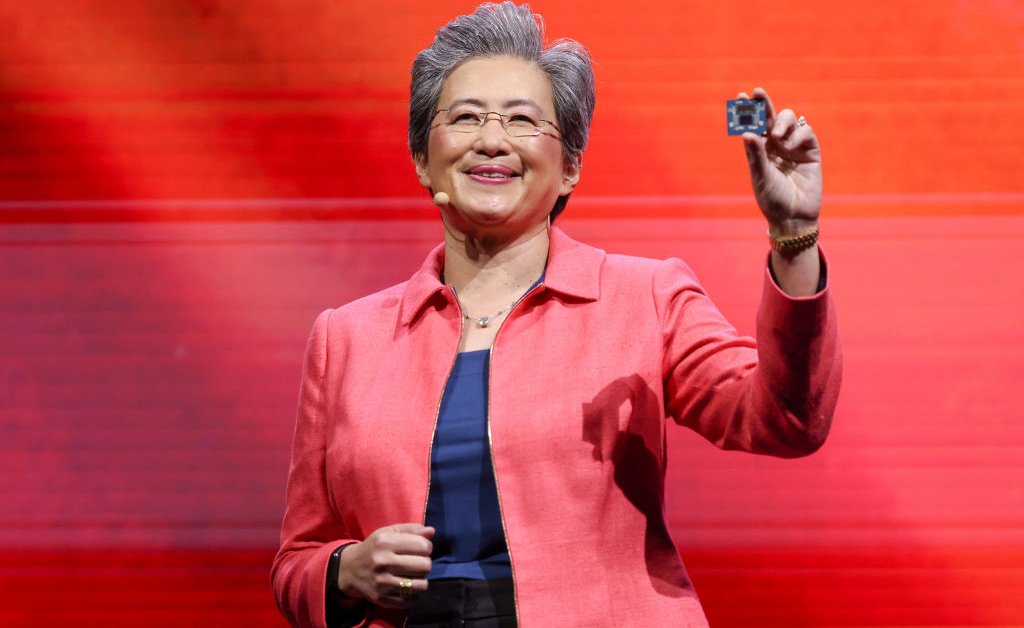
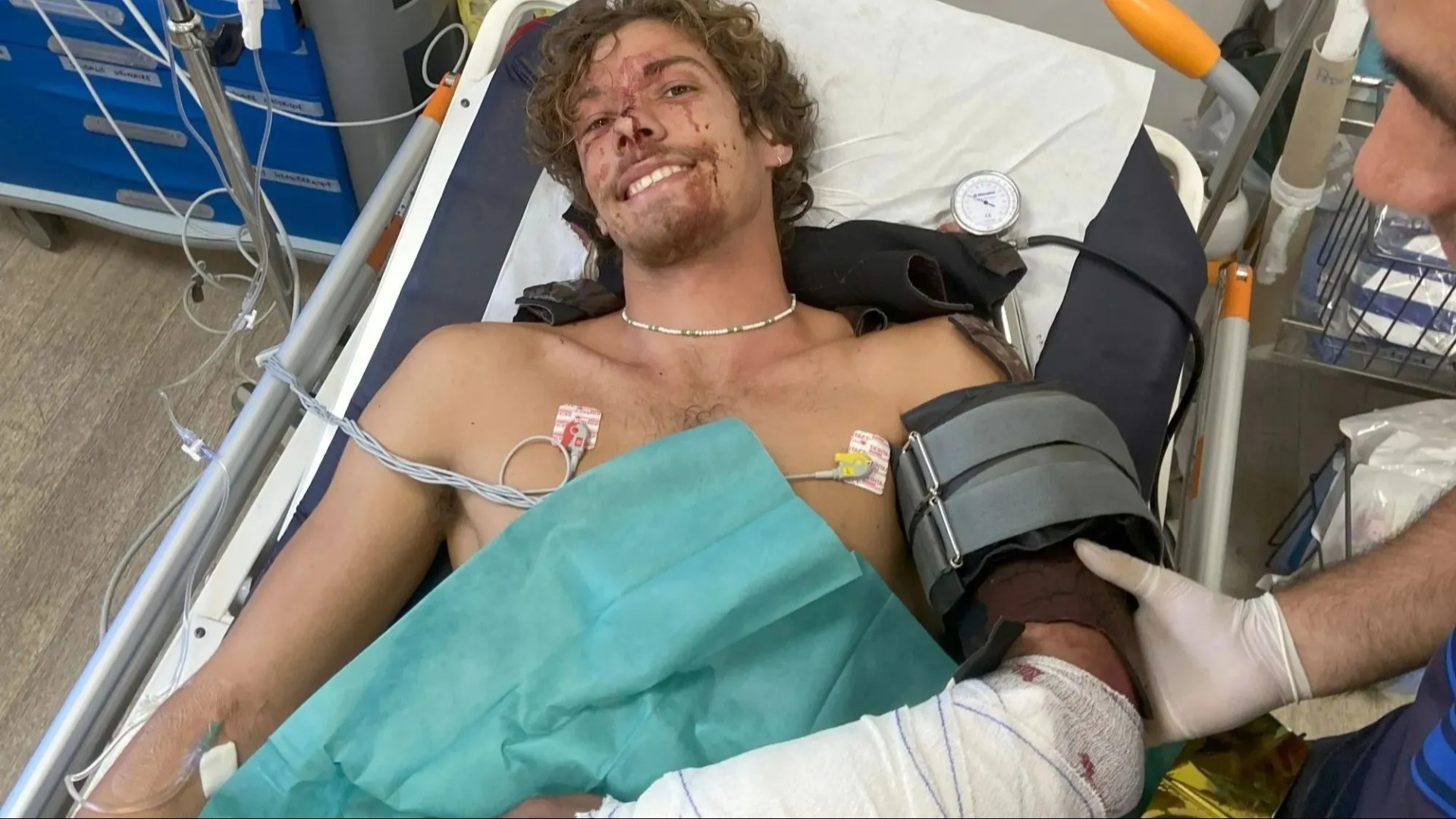









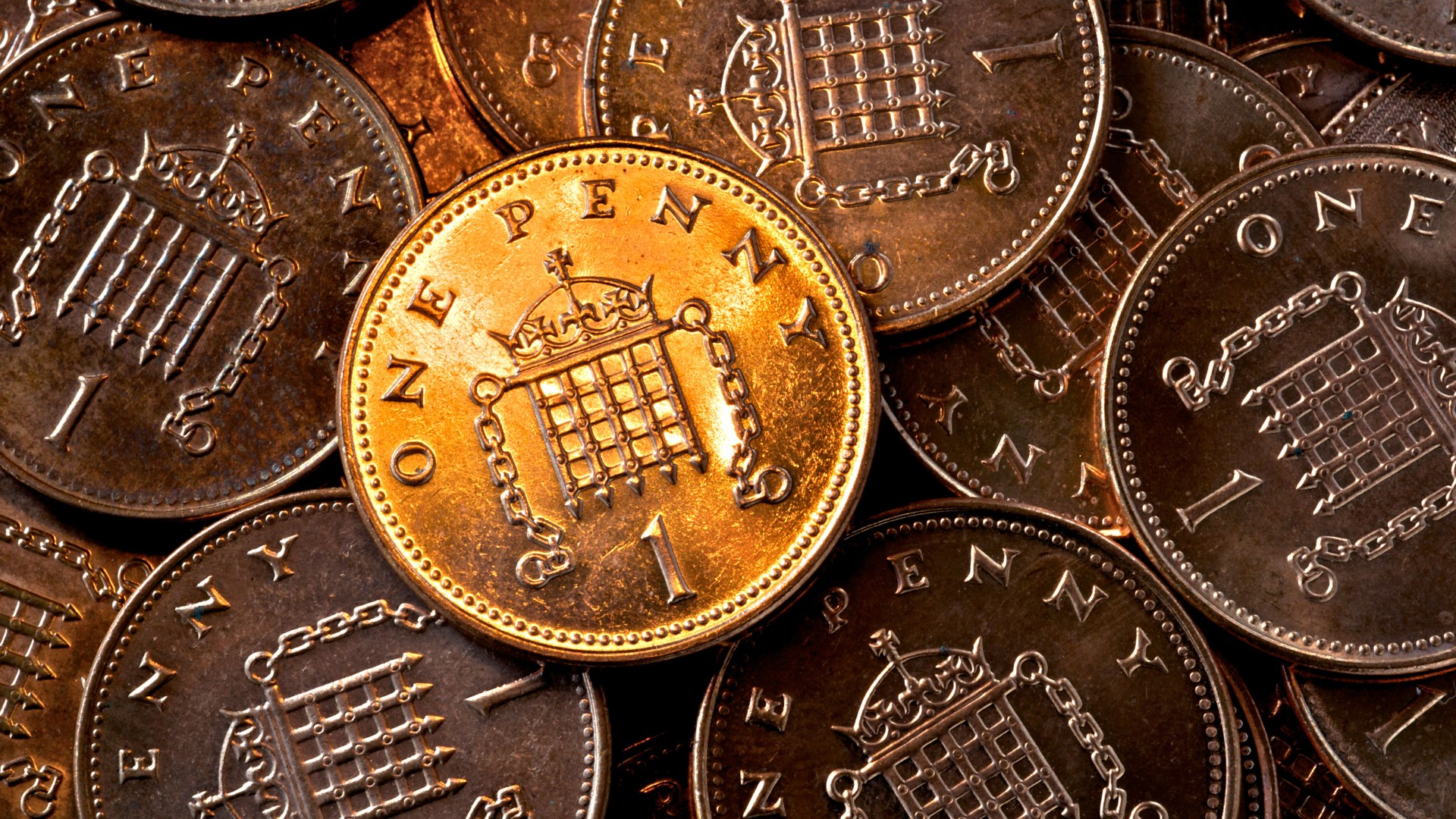


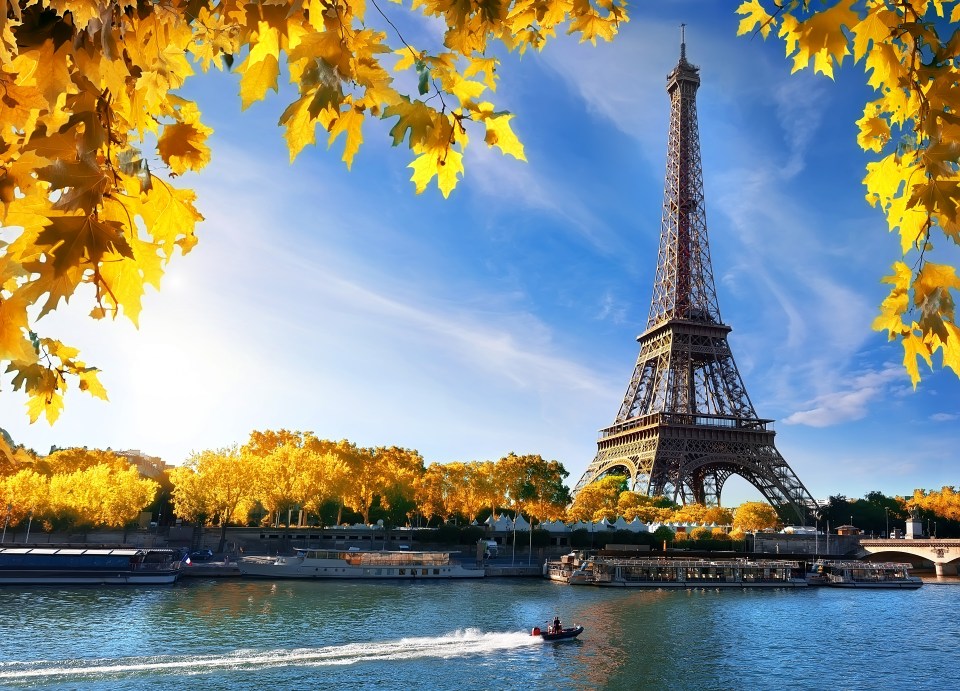
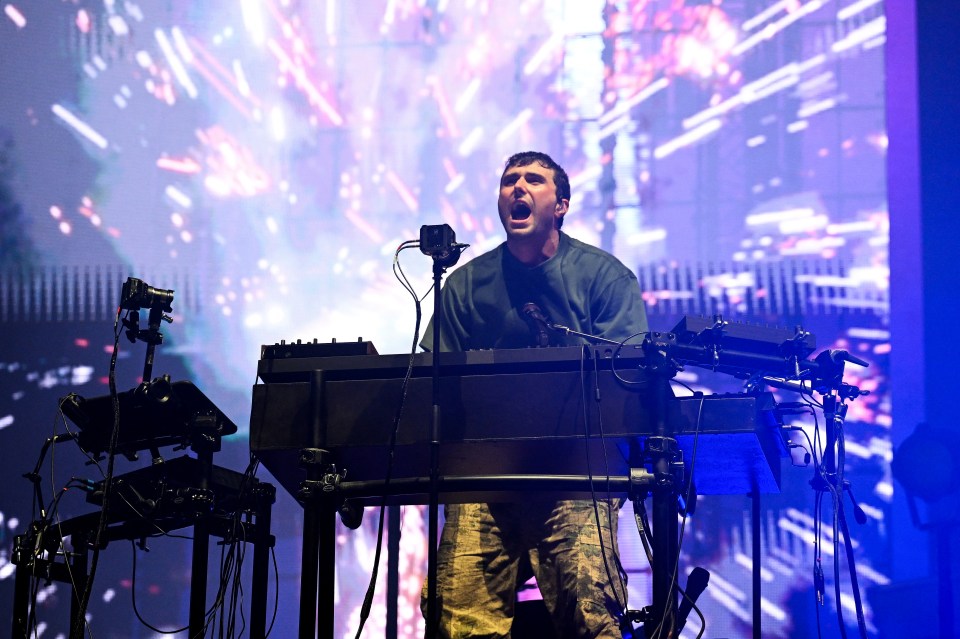

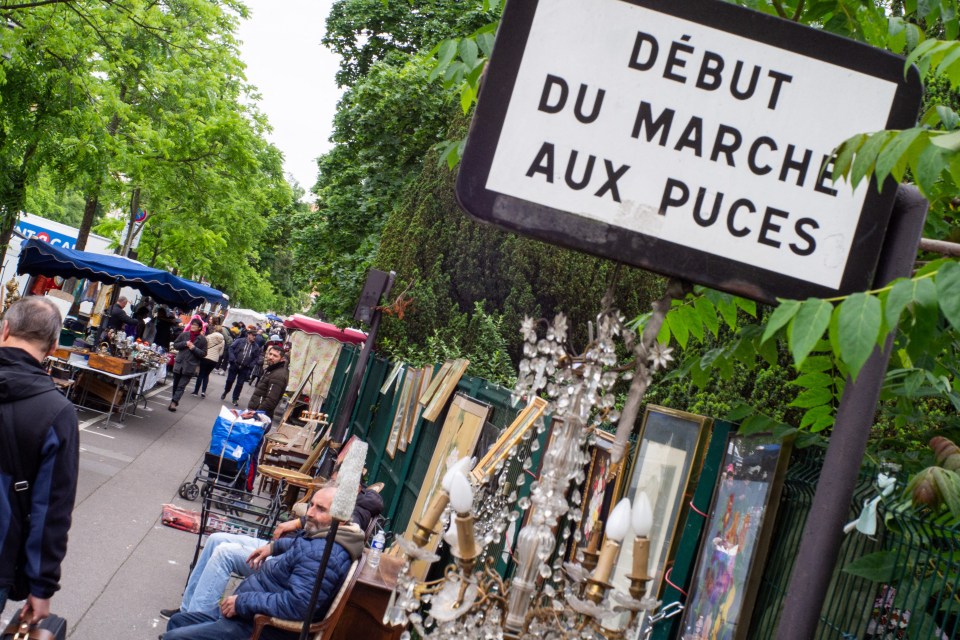


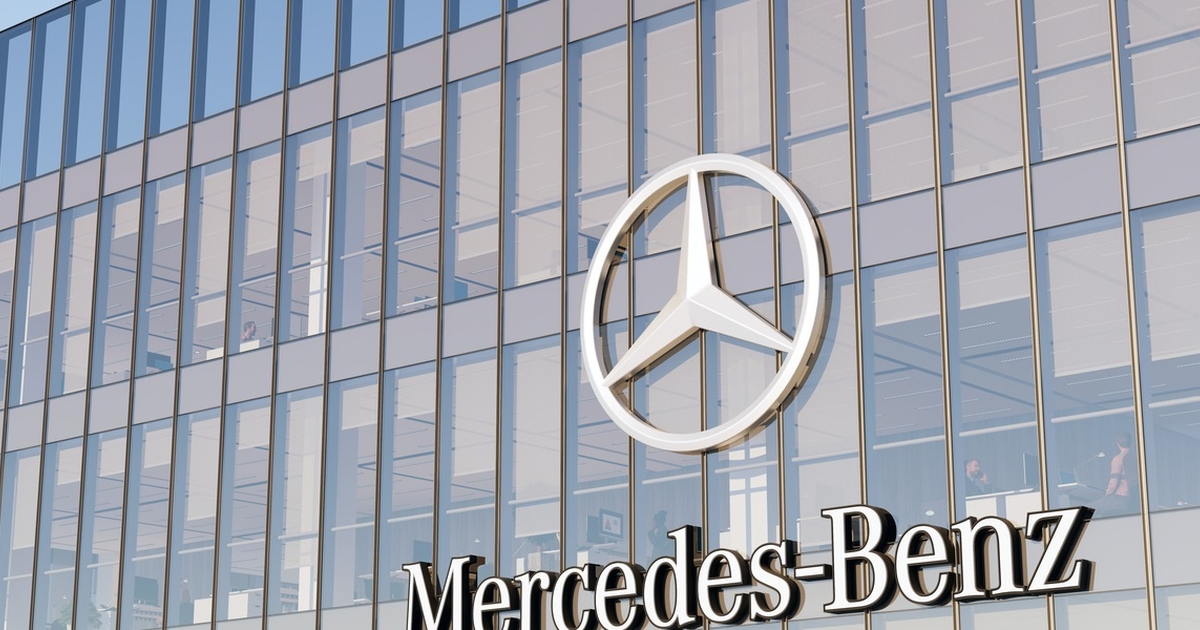
































































































































You must be logged in to post a comment Login